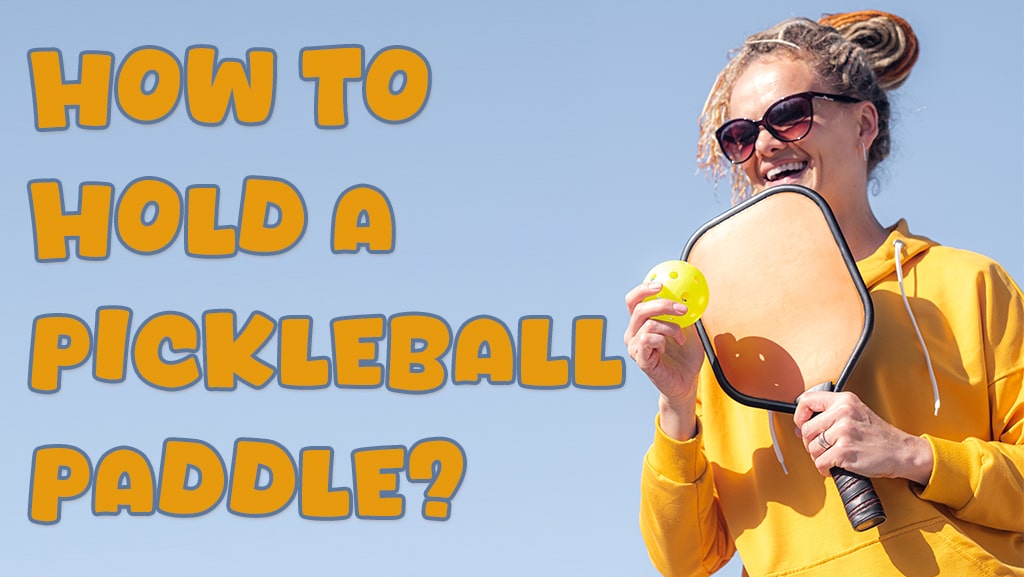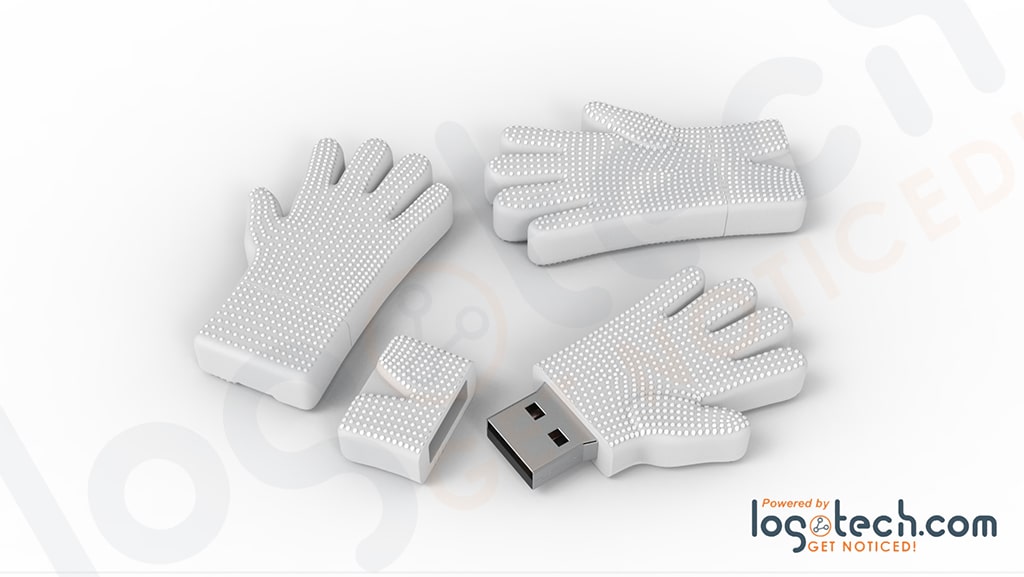
How to Grip a Pickleball Paddle
Which Pickleball Grip is Right for Me?
Pickleball has exploded in popularity over the past couple of years! For pickleball players, mastering the grip on your paddle is critical to your performance on the court. Whether you're a beginner learning the basics or an experienced player refining your skills, understanding how to grip a pickleball paddle can significantly influence your game. A proper grip affects everything from the power and accuracy of your shots to your ability to switch quickly between strokes. Let's explore the different pickleball grips and see how they can help improve your gameplay!
The Continental Grip (Hammer Grip)
The Continental Grip, also called the Hammer Grip, is one of the most basic and versatile grips in pickleball. This grip is akin to holding a hammer, with the paddle handle lying along the base of your fingers, not deeply in the palm. To achieve this grip, hold the paddle with your thumb placed flat against one of the narrow sides of the handle, and the paddle face should naturally align perpendicular to the ground when your arm is extended.
The Continental Grip is highly versatile, suitable for a variety of shots without the need to change grips frequently. It offers a balanced approach, particularly effective for beginners still mastering stroke techniques. This grip is excellent for both forehand and backhand shots, making it a practical choice for quick exchanges during games. It provides good control for serves, returns, and volleys, allowing players to react swiftly and effectively during play.
The simplicity and effectiveness of the Continental Grip make it a popular choice among players of all levels. It lays a solid foundation for developing a reliable and adaptable play style, ensuring players can handle forehands and backhands with ease.
The Eastern Grip (Handshake Grip)
The Eastern Grip, or Handshake Grip, is another fundamental grip in pickleball, slightly rotated from the Continental Grip. To form this grip, imagine shaking hands with your paddle; the handle should lie against your palm while your thumb and index finger form a V-shape along the top edge of the handle. This slight clockwise rotation changes the angle of the paddle face, making it more straightforward and natural for executing forehand shots.
The Eastern Grip is particularly beneficial for players who favor a strong forehand. It allows the paddle to align more naturally with the forearm during forehand strokes, providing a comfortable angle for powerful and controlled swings. The angle of the paddle face also facilitates a smoother transition into backhand shots, offering a balanced solution for players looking to strengthen their all-around game without frequently changing grips.
The Western Grip
The Western Grip significantly adjusts the paddle's angle to enhance forehand power and topspin. To adopt this grip, rotate your hand further so the palm is more underneath the handle and the paddle face tilts upwards. This positioning is akin to holding a frying pan; when swinging your forehand, your palm should face the sky. The Western is a forehand grip that allows for major power with forehand and overhand strokes but can make backhands significantly more difficult. As such, many players who use the Western Grip opt for a two-handed backhand.
Semi-Western Grip
As a variation of the Western Grip, the Semi-Western Grip moderates the extreme tilt, pulling back towards neutral. This adjustment makes the Semi-Western Grip less radical than the full Western but still optimizes it for aggressive forehand play with added topspin and control. The Semi-Western Grip balances the power-focused Western and the more versatile Continental Grip, making it suitable for players who want to enhance their forehand without sacrificing too much comfort on backhand shots.
Western and semi-Western grips require some practice to master, and with their unusual angles, they are the least popular grips for modern players. Those who opt for these grips often do so to maximize their forehand potential in competitive scenarios, where powerful, spin-heavy shots can dominate play. However, these grips may not be suitable for beginners due to their complexity and physical demands.
Placing a Finger on the Paddle Face
Some pickleball players choose to place a finger on the face of their paddle for enhanced control and precision. This technique involves lightly resting the dominant hand's index finger along the paddle's surface, guiding its angle and stability during play. With one or multiple fingers on the paddle, players can easily keep track of the angle of their paddle face. While this grip modification can offer improved shot accuracy and nuanced control, it also can hinder your backhand play.
Grip Tightness
Another important factor is the tightness of your pickleball grip. A grip that is too tight can lead to reduced wrist flexibility and quicker fatigue, compromising the effectiveness of your swings and shots. Conversely, a grip that is too loose can lead to a lack of control and power. The optimal grip is a firm yet relaxed hold, enabling sufficient flexibility to easily maneuver the paddle while maintaining control over the ball. It's wise to adjust your grip pressure based on the shot—tighter for more power and looser for more finesse. New players tend to grip their paddles too tight, so remember to stay loose!
What is the Best Pickleball Grip?
Ultimately, choosing a pickleball grip style comes down to personal preference. These days, most players are split between the Continental and Eastern grips or a hybrid of the two. Very few players use the Western Grip, as the backhand angle is difficult to achieve and can strain the wrist. If you're new to pickleball, the Continental Grip is recommended. As you progress, you can try out the Eastern Grip or Semi-Western Grip and evaluate the benefits and drawbacks they bring to your game!
Mastering your pickleball grip is important for optimizing your performance. Each grip style offers unique advantages and suits different play styles. Whether you prefer the Continental Grip's balanced approach, the Western Grip's forehand strength, or the Eastern grip's versatility, understanding these techniques can significantly enhance your play. Experiment with these grips and techniques to discover what works best for you, and enjoy the improvement in your game!
Frequently Asked Questions
Q: What is the best grip for beginners in pickleball?
A: The Continental Grip is often recommended for beginners due to its simplicity and effectiveness in handling a wide range of shots.
Q: How often should I change my grip during a game?
A: While some players adjust their grip based on specific shots, it's best to find one grip that works well for most situations to maintain consistency during play.
Q: Are there specific grips that are better for spin shots?
A: The Eastern and Semi-Western grips can provide better angles and wrist flexibility for executing spin shots effectively.








